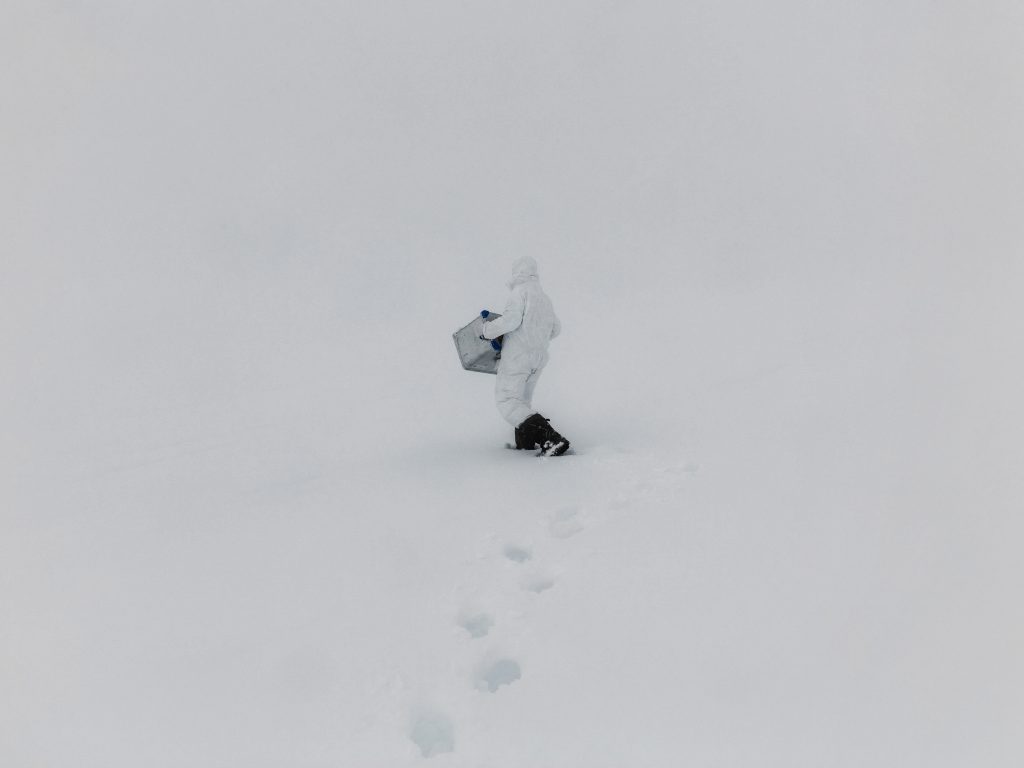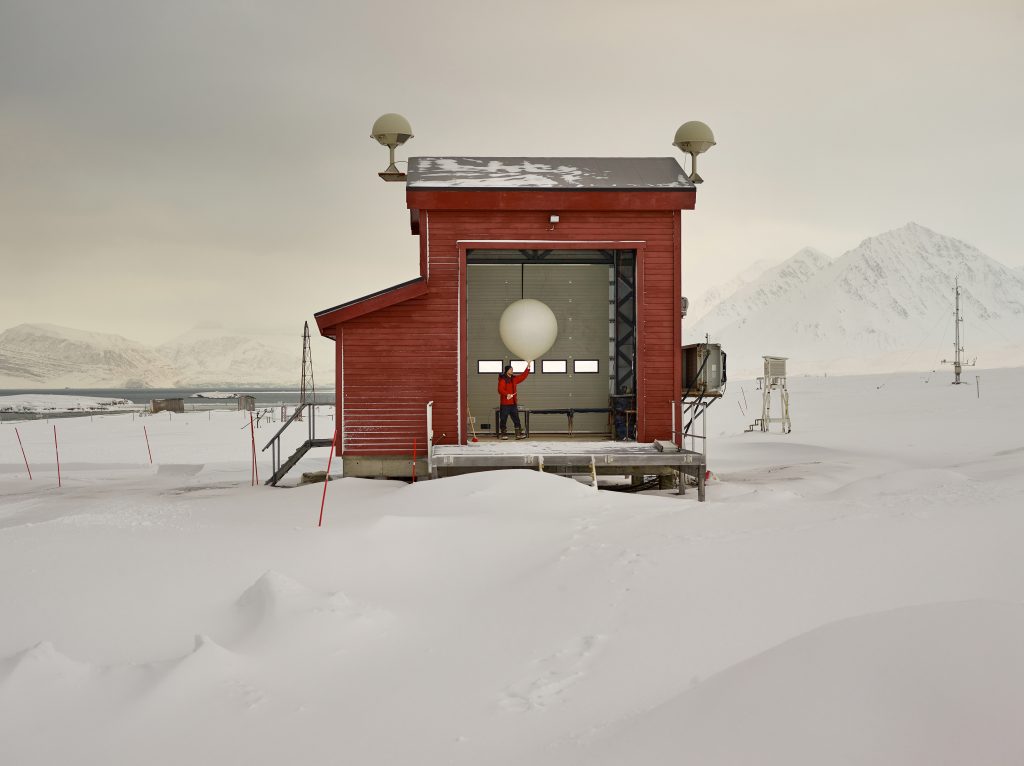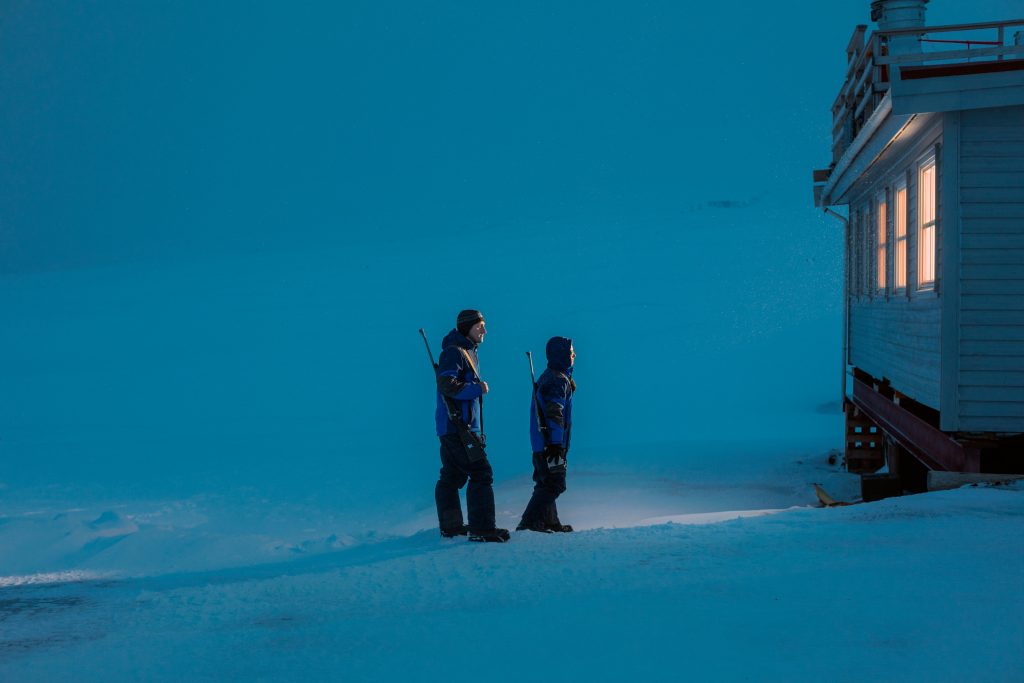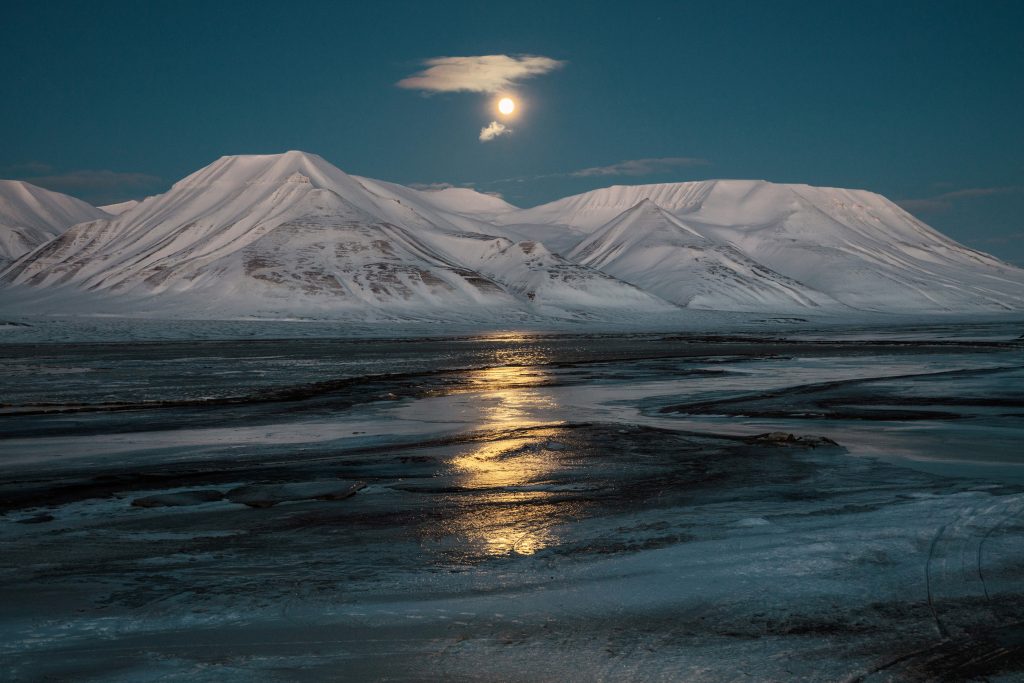by Azzurra Immediato
_
The Arctic region, in the common imagination, is a place that lies at the end of our human geography – for the most romantic among us, it is also a land close to Santa Claus’s Lapland, but this is a completely different story. We know the Arctic through epic tales of explorers and, in truth, as a symbol of a bad humanity, consequence of the bad human behaviour on the planet that hosts us. More generally, the entire Arctic is considered an imaginative, hostile and bewitching place, immersed in a snowy purity, inhospitable and untouchable, at times elusive and endowed with a completely inexplicable aura.
Yet, there are those who, like Paolo Verzone, have decided to explain it through his photographs, a story through images that is also a long-term project, launched in 2014 and still in progress. A narrative that puts at the centre of the story the ones who live in those remote stretches of ice: the researchers of the international scientific community stationed in the Arctic. For Photolux Magazine, we hear it from Paolo Verzone.
Arctic Zero: a photographic project, a milestone in the existential journey of a photographer, a man, a story in images that narrates climate change. How did this project come about?
The project was born from an assignee from Le Monde in 2014, when they offered me to follow one of their journalists to the Svalbard islands to document the work of researchers and scientists in their base camp.

Many of your latest photographic projects border on the edge of the unspeakable, borrowing the foundational concept of reportage but translating into something else. Arctic Zero lets the beauty of the ephemeral emerge, the delicacy of a unique environment which, perhaps, in its silent majesty, is an allegory of human weakness. What happens in the presence of such places? Does the lens manage to “record” what is really “seen”?
No, it fails, and it is precisely the continuous attempt to present that world that pushes me to go back. The Arctic is a state of mind before it is a physical place, it is almost the last frontier before space, it is a place where you take responsibility for yourself like nowhere else: nature is relentless and wild and you have to find your dimension, your space within it. You have no safety net, you pay for the mistakes you make immediately and in person. The idea is fascinating, we are no longer used to it.
The Arctic as an inhabited place. What humanity have you discovered on the edge of the world?
It is a very busy humanity, which works a lot: the Arctic is a place that constantly engages you, without pre-established times. It is a humanity that takes the others very seriously because, in addition to being a true company to enjoy, they could save your life.

Your “documentation” has managed to merge different aspects of the daily life of an international community that, for scientific purposes, lives in the Arctic. What emerges from the shots is a human as well as professional compendium, united by the desire to achieve solutions aimed at saving the planet or, at least, preserving it for the future. If, on the one hand, your project recalls the first anthropological photographic collections, it is clear, however, that each image is an icon of an underlying message. Would you like to share it?
I start from the principle that my images may not help saving the world but I like the idea that they can generate a curiosity in the viewer who, thanks to this, will want to learn more; it is the same process that I have followed during my travels, I see something that is interesting on several levels and I photograph it, realizing that, in the same image, there are multiple components: an aesthetic one, sometimes a surreal one and a scientific one; if then I am lucky enough to get an extra one, somewhat mysterious (therefore not explainable but perceptible) I consider myself lucky and satisfied.
The scientific community has welcomed you, made you participate in a daily life which was very different from the ones that you have encountered on other projects, at a time when the “environmental” issue is perceived as an emergency at any latitude. What did it show you, in a real and recognizable perspective on our near future?
I have seen that there is a radical change in the environment around us. There is not only the emergency of global warming we have to deal with but also pollution, the presence of plastic at latitudes and in places unimaginable before. However, for me, the most important thing was to see how those who gave us evidence of all these changes work and with what tools they do it.

The photos of Arctic Zero are characterized by an extraordinary crystallization; your style, if we may say so, characterized by the dialogue that the lights and shadows open with the surrounding space, is sublimated by the relationship that exists with the arctic environment. How did Nature intervene in the shots and in the human story you created?
Nature always intervenes in the shots at any latitude, it is from the observation of it that we find the point of view. The phase of understanding and observing the environment is more important than that of shooting, for example in the Arctic light has incredible colours and a very variable duration (from zero to twenty-four hours depending on the season). In fact, after observing, I adapted everything for that type of world (I consider it a world in itself, with its own rules).
We know that Arctic Zero is a project that is not entirely finished, that is still in progress with your desire to tell and share a look on the edge of the world; what do you think there is still to say, what is still to question?
The thing that interests me the most is what there is to discover; during 2020 I will make multiple trips to the Arctic, each with a different perspective: coal mines, glaciers, social life in those latitudes, all in Svalbard for a monographic book project on those islands. Then, in the next few years, I will go explore other places along the Arctic Circle, Greenland, Siberia, Alaska. The reality is that I would never want to finish this project…

We now need one of your “Verzone adventures”: in a project with such a lyrical character and at times metaphysical and surreal, something absolutely incredible must have happened, something to count among the “unthinkable” and absurd life experiences of a photographer and worth telling…
The real experiences I have tried and found unforgettable are almost all physical sensations: breathing an air that has almost a flavour, putting your hand in a sea of cold metal, seeing the sun rising for 5 minutes and then disappearing in incredible colours; feeling physical fatigue like never before for walking in the snow 10 hours in a row, no longer feeling the cold at very low temperatures, the sound of ice as you walk on it for hundreds of meters…
Any plans for the future?
I definitely have an important appointment in 2021: to return together with my friend Alessandro Albert to Moscow, to carry out the fourth chapter of our work on the Russians, which began in 1991. We went there again in 2001 and 2011 and now we will return, thirty years after our first trip. I can’t wait!
All images: © Paolo Verzone
January 17, 2020




